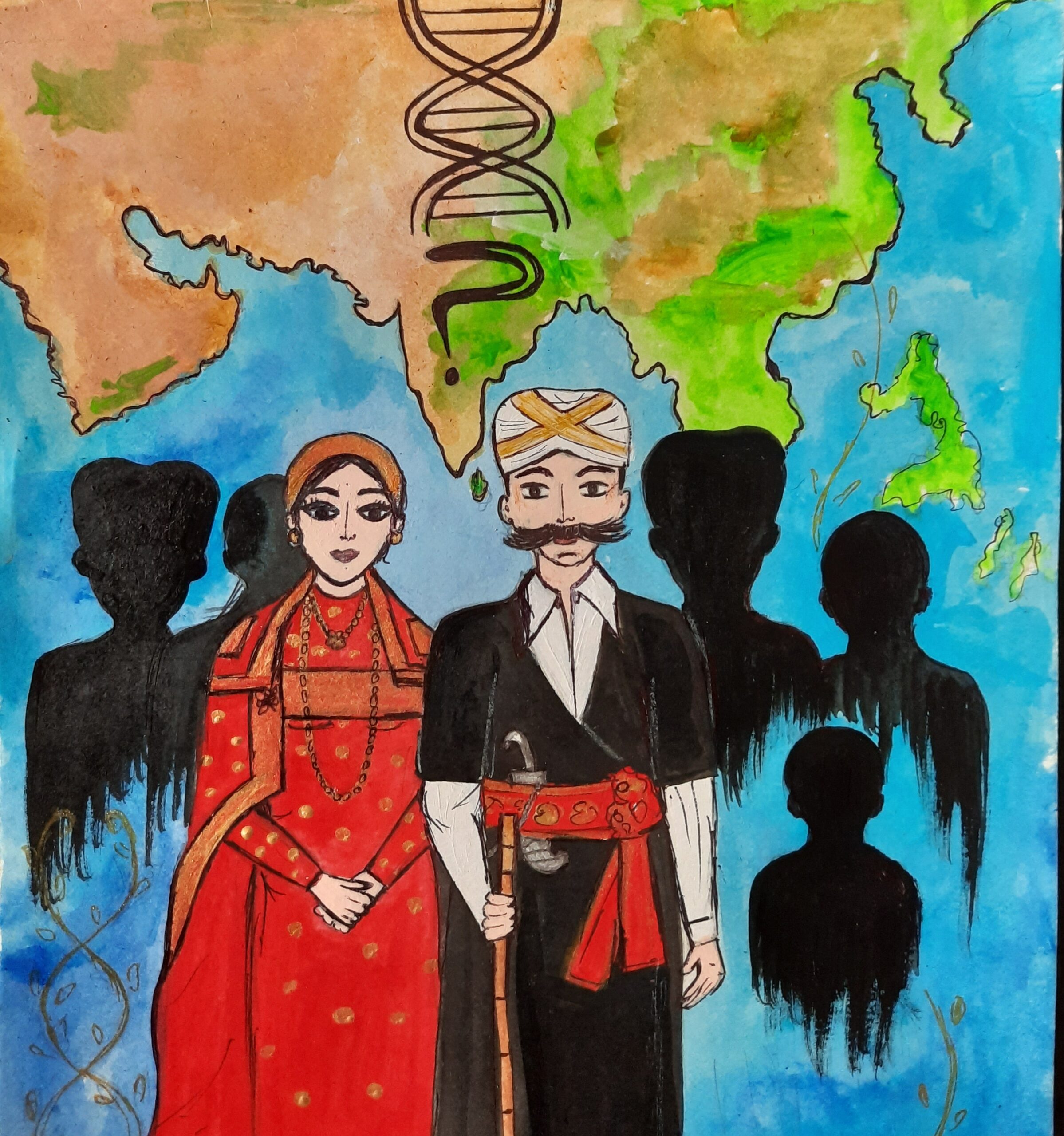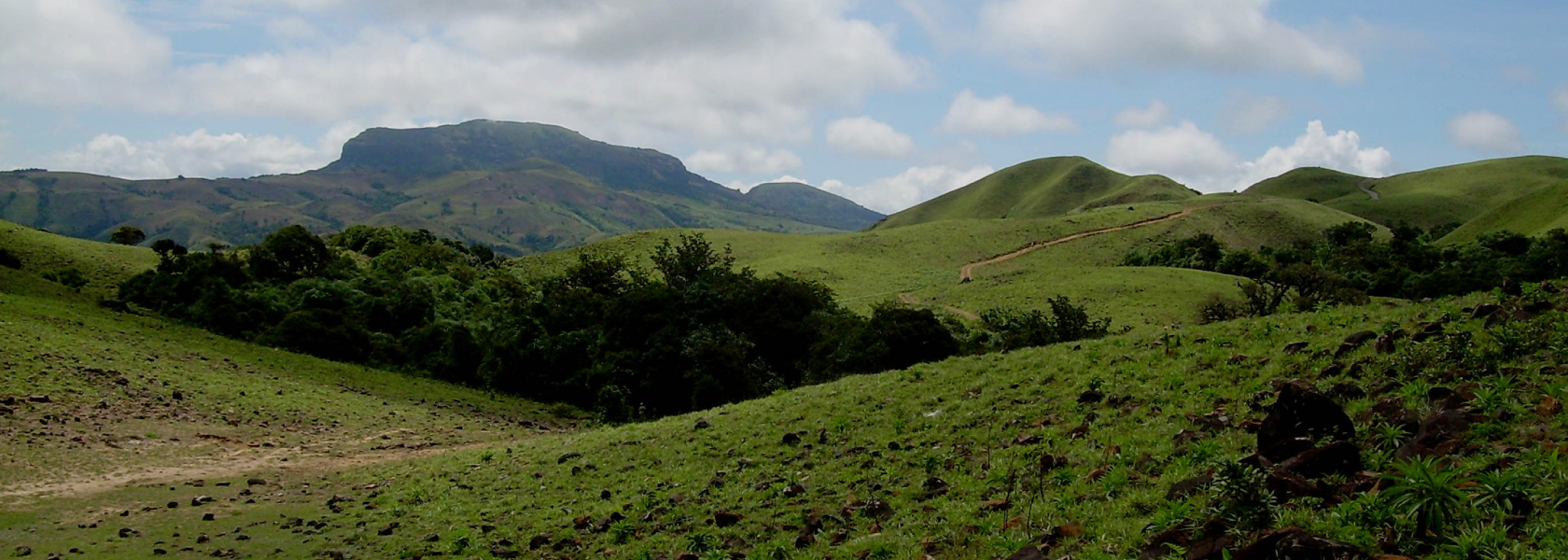
Blogs
ORIGIN OF KODAVAS (COORGS): GENETIC STUDY OF KODAVAS SUGGEST THEY MIGRATED FROM EURASIAN AND MIDDLE EASTERN REGIONS
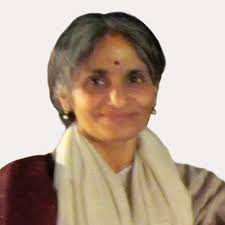
By P.T. Bopanna
The first genetics study of the Coorgs (Kodavas) living in Kodagu district of Karnataka has suggested male-dominated migrations from Eurasian and Middle Eastern regions. The roots of Coorgs who live on the slopes of the Western Ghats, go back to 3,000 years
The results of the study published in scientific journal ‘Communications Biology’ suggested male-dominated migrations from Eurasian and Middle Eastern regions and subsequent assimilation with local women.
Scientists at the University of Delhi South Campus and the Centre for Cellular and Molecular Biology, Hyderabad, analysed genomic signatures in a sample of 144 Coorgs to determine their genetic distances and affinities to other populations.
Analysis of mitochondrial DNA — passed down through mothers — has revealed that about 40 per cent of Coorg maternal lineages are South Asian. Y-chromosome data points to Eurasian, Middle Eastern and India-specific signatures.
Practices such as family exogamy and caste endogamy have likely helped preserve the genetic separation of these three lineages over centuries, Delhi University geneticist, Coorg-born Bittianda Kuttapa Thelma (in picture), and her co-authors K. Thangaraj, Anirban Mukhopadhyay, Loumos Kumar and Kiran Sran said in their study.
Thelma is a professor in the Department of Genetics at the University of Delhi, South Campus, New Delhi, India. She is the Principal investigator and Co-ordinator of the Centre of excellence on Genomes Sciences and Predictive Medicine.
Writing on the study for The Telegraph, science writer G.S. Mudur, said the study has revealed that the Coorgs consist of three distinct lineages — classified as Coorg-1, Coorg-2, and Coorg-3. Coorg-3 is the oldest, dating back 98 generations, or nearly 3,000 years ago. Coorg-1 diverged 64 generations ago, around 1,920 years ago. The third group, Coorg-2, emerged more recently — about 330 years ago — from the admixture of Coorg-1 and Coorg-3.
Among the three groups, Coorg-3 stands out as the most distinct. However, the identity of its ancestral source population from 3,000 years ago remains unresolved. The analysis did reveal more recent genetic mixing between Coorg-3 and northwest Indian populations about 23 generations ago, or roughly 690 years ago.
The study also found that Coorg-1 and Coorg-2 are genetically distinct from other ethnolinguistic groups in Karnataka such as the Kannadigas, Konkanis and Tuluvas.
Members of Coorg-1 show the highest genetic similarity to a hunter-gatherer tribal group called the Palliyars, found in the southern Western Ghats.
The admixture between Coorg-1 and Coorg-3 appears to have begun around 11 generations ago, or 330 years ago, giving rise to Coorg-2.
This writer feels the findings of the study give credence to earlier theory that the Kodavas could be part of the army of Alexander the Great, the Macedonian King who invaded India in 327 BC.
Images
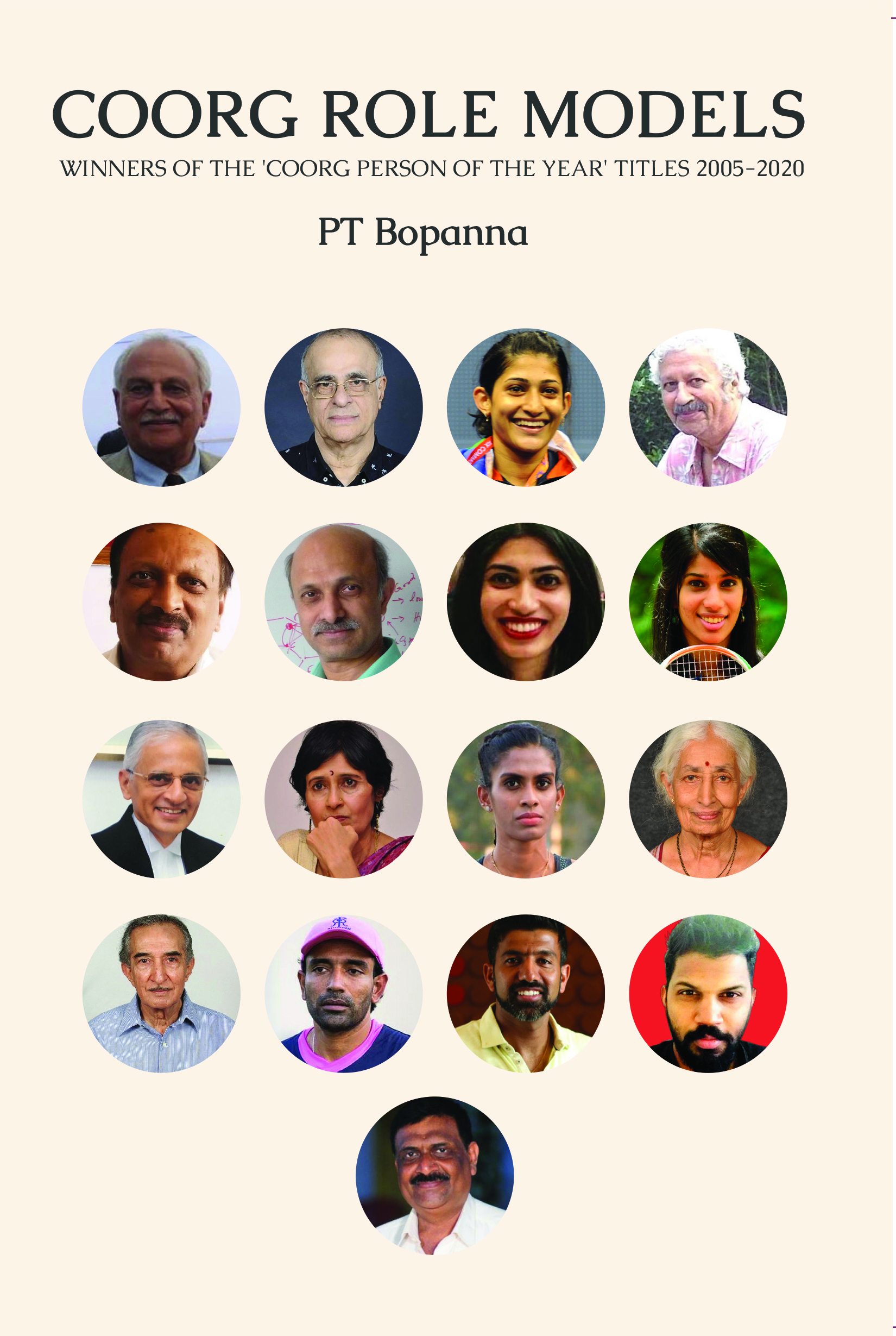
COUNTDOWN STARTS FOR SELECTING COORG PERSON OF THE YEAR, 2025
By P.T. Bopanna Kodavas (Coorgs), a microscopic minority community hailing from Kodagu (Coorg) district in Karnataka, were once known for […]
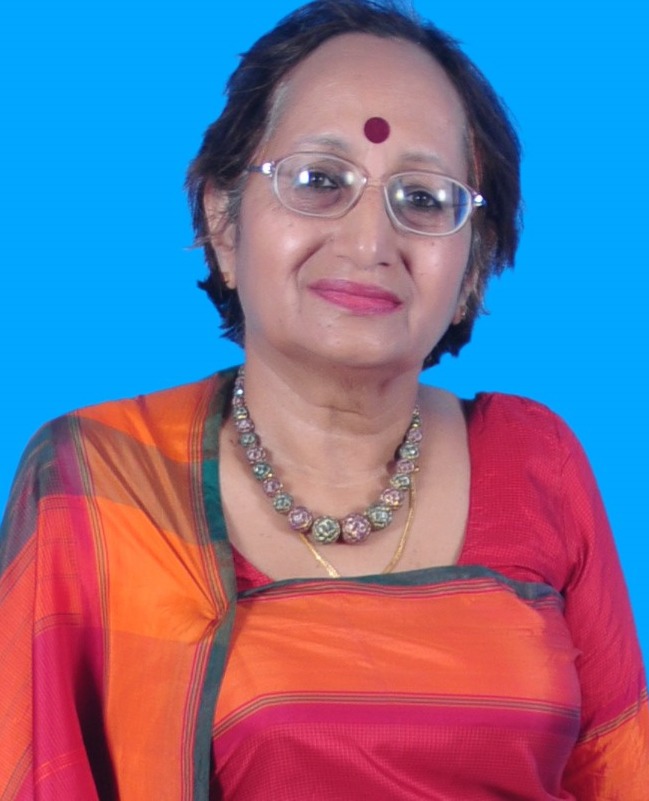
FOREWORD: NATURE AND ANCESTOR WORSHIP ARE PART OF FOLK VERSIONS OF HINDUISM
By P.T. Bopanna Ideas of nature worship and ancestor worship which characterize Kodava religion are widespread and found in all […]
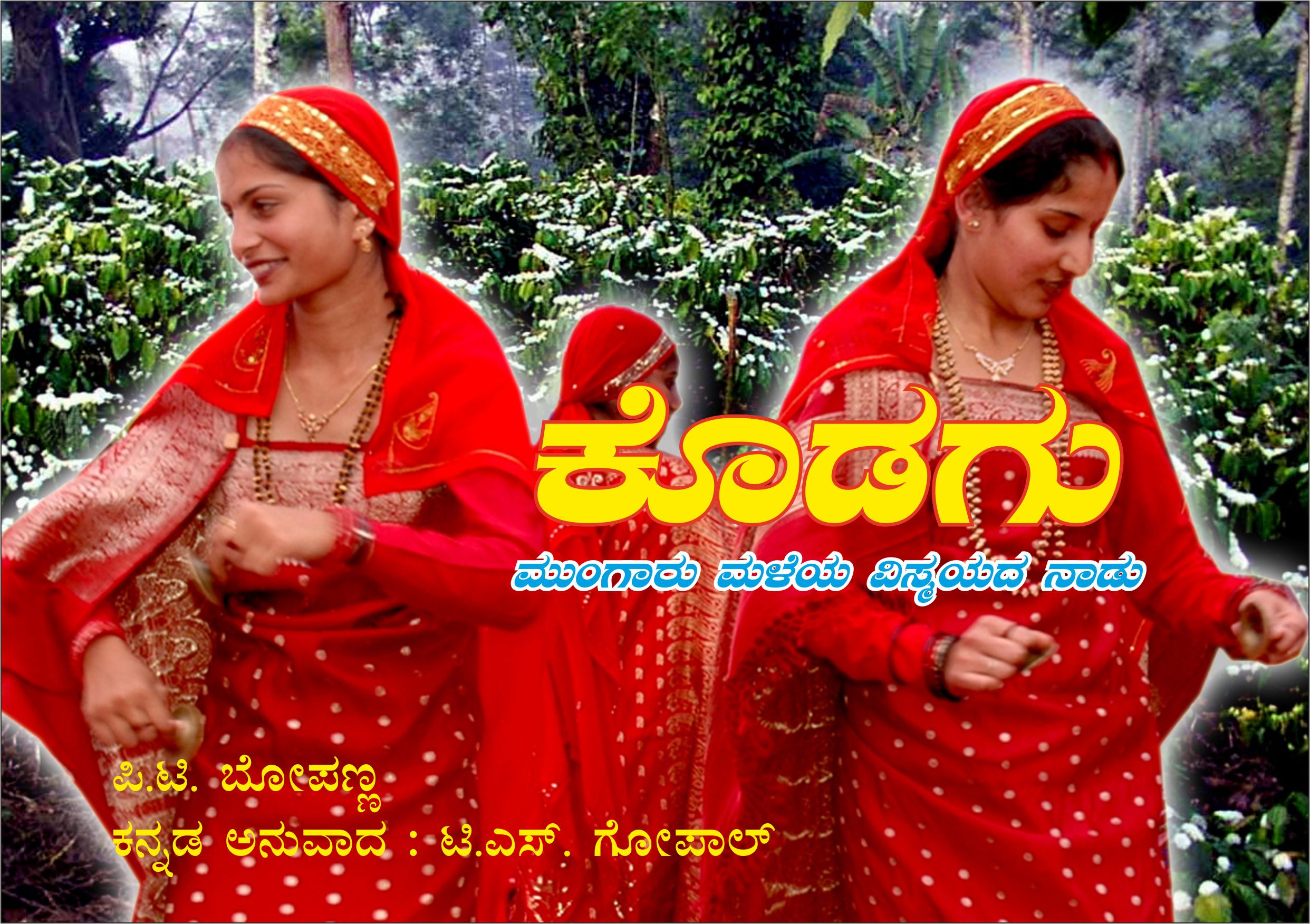
KODAGU HANDBOOK: DISCOVER COORG BOOK IN KANNADA
Following the phenomenal success of the English version of his book ‘Discover Coorg’, a tourist handbook on Kodagu district published […]

